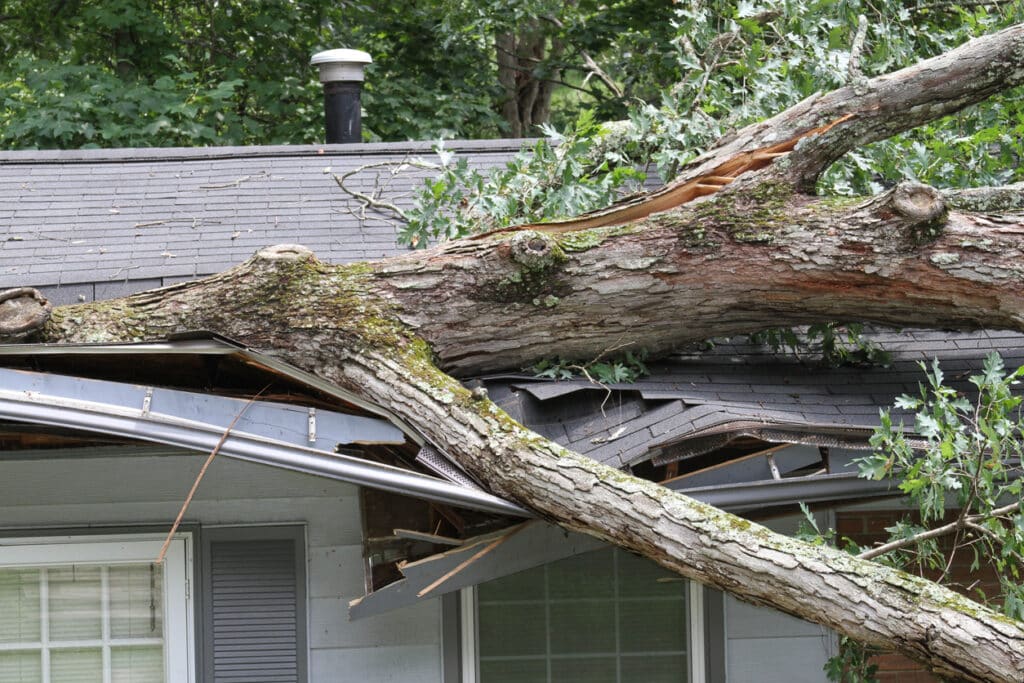Trees are an invaluable to the environment, providing oxygen to the atmosphere and food sources for animals. They also give cover, creating a peaceful atmosphere around homes. However, trees have potential hazards that you should not overlook.
Here are ways of identifying tree hazards to avoid losses and lawsuits.
1. Damaged, Hanging or Broken Limbs
Damaged, hanging, or broken limbs signify that a tree is becoming hazardous. Dead branches can detach from the tree in high winds or heavy snowfall and cause serious injury or damage to property. Hanging limbs also create an obstruction that could lead to accidents.
Trees with broken limbs may become unstable and fall over in severe weather conditions. Broken branches create an uneven surface which are tripping hazards and increase the risk of accidental falls. Trees with damaged limbs are also more susceptible to disease and infestation, which can spread to nearby plants and trees.
2. Changes in the Bark
Changes in the bark of a tree can be signs of decay and damage to the woody structure. When inspecting a tree for potential health risks, look for signs of an irregularly shaped or discolored bark or if pieces have begun to fall off. These changes may indicate a fungal infection or decay compromising the tree’s structural integrity. Look for areas where the bark has been removed or scraped off, as this may be evidence of animals or insects feeding on the tree.
A Leaning Tree
A leaning tree poses risk to people, property, and infrastructure due to its instability. A leaning tree stands at a slanting angle. This position isn’t ideal for the tree’s health as it stresses the crown and roots, leading to long-term damage or death.
4. Damaged Roots
Damage to the root system prevent trees from absorbing adequate water and nutrients, reducing their overall health and vigor. Roots anchor a tree, providing stability against wind and storms. If the root system is damaged or compromised, the tree may be at risk of falling over. Additionally, damaged roots increase susceptibility to disease and insect pests. Regular inspections by a certified arborist identify and address signs of root damage to restore the tree’s health.
Your Decision to Assess and Correct Tree Hazards
Once you see any of the above tree hazards, call an arborist to correct them. They will inspect the trees for signs of damage or decay, such as weakened branches, unhealthy foliage, and symptoms of distress. They can also determine if pests or diseases that could weaken a tree have affected it.
They will also recommend the best course of action to reduce the risk of tree failure. It may involve removing weak or dead branches, pruning unhealthy foliage, or injecting nutrients into the soil to improve tree health. They may also recommend removing the hazardous tree if it poses a significant safety risk. Our team of arborists has experience in fertilizing, bracing, cabling, pest control, pruning, trimming, and tree removal, so contact us at Midtown Tree Service today for expert advice regarding tree planting and maintenance in Tulsa, OK.



